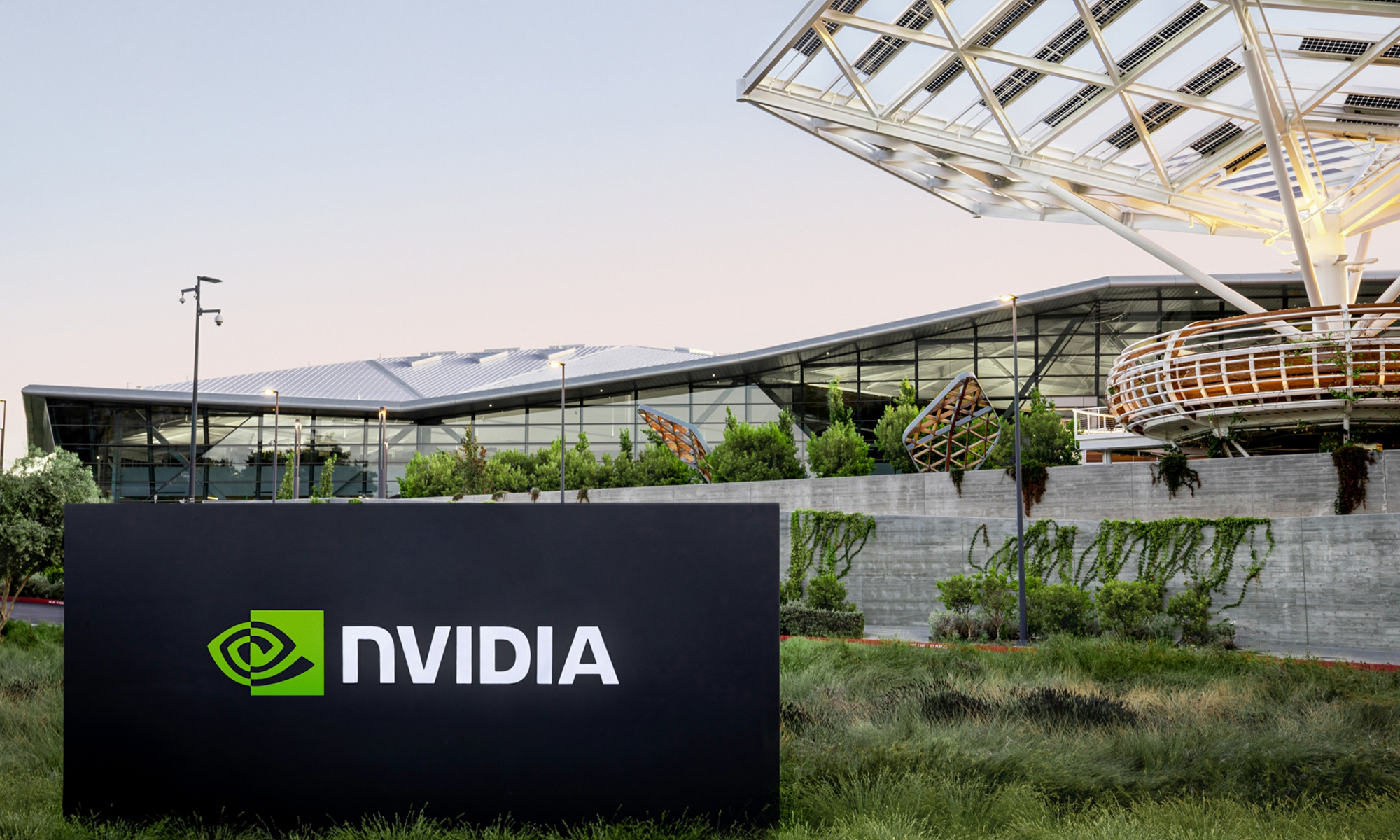Computer graphics expert NVIDIA (NASDAQ:NVDA) can't make chips fast enough. That's a pretty nice problem to have.
No price-gouging here, man
"We shipped everything we had in Q3, and if our customers were willing to take chairs and furniture, I would have shipped that too," said CEO Jen-Hsun Huang.
You might think that NVIDIA would raise its prices to control the supply-and-demand equation, but Huang scoffs at that thought. "Raising prices because demand is high is just bad mojo, man. You don't want to go there." That's just not how NVIDIA rolls, man.
In the end, third-quarter sales came in at $903 million -- flat from the year-ago period but 16% stronger than this year's second quarter. Non-GAAP earnings stayed close to last year's figure, too, dropping a mere penny to $0.19 per share.
Cause and effect
The failure to keep up with demand stems in part from manufacturing difficulties. Taiwan Semiconductor Manufacturing (NYSE:TSM) isn't giving NVIDIA the process yields it was hoping for on its most advanced 40-nanometer manufacturing process. In plain English, every bleeding-edge silicon wafer upon which TSMC prints NVIDIA’s latest and greatest designs comes out with a lot of faulty chips in the end. Correcting this problem is at the top of Huang's mind: "It is all we do. It floods my entire email. That is all I talk about. That is all I think about. That is all we meet about."
But it's not all negativity. The other half of the undersupply equation is strong demand for personal computers, smartphones, and netbooks. When Microsoft (NASDAQ:MSFT) released Windows 7, with the arguably greatest improvement being that it isn't Windows Vista, it opened the floodgates for years of pent-up upgrades.
This is also good news for processor makers Intel (NASDAQ:INTC) and Advanced Micro Devices (NYSE:AMD), especially as AMD takes part in the booming graphics market, too.
What's next?
The NVIDIA of tomorrow is shaping up to be a very different beast from the company we see today. The technical lines between graphics chips and system processors are blurring fast; both Intel and AMD are preparing to launch processor chips with built-in graphics cores in the next couple of years, even as NVIDIA is moving from graphic to graphic-plus-processor chips. Soon enough, I can see NVIDIA’s closest rival being Texas Instruments (NYSE:TXN) rather than either of the current partners-cum-competitors.
Running out of product to sell is a nice problem to have, and Huang seems to have growth plans in place for both the short and medium term beyond this torrential surge. To me, that seems like an opportunity.











